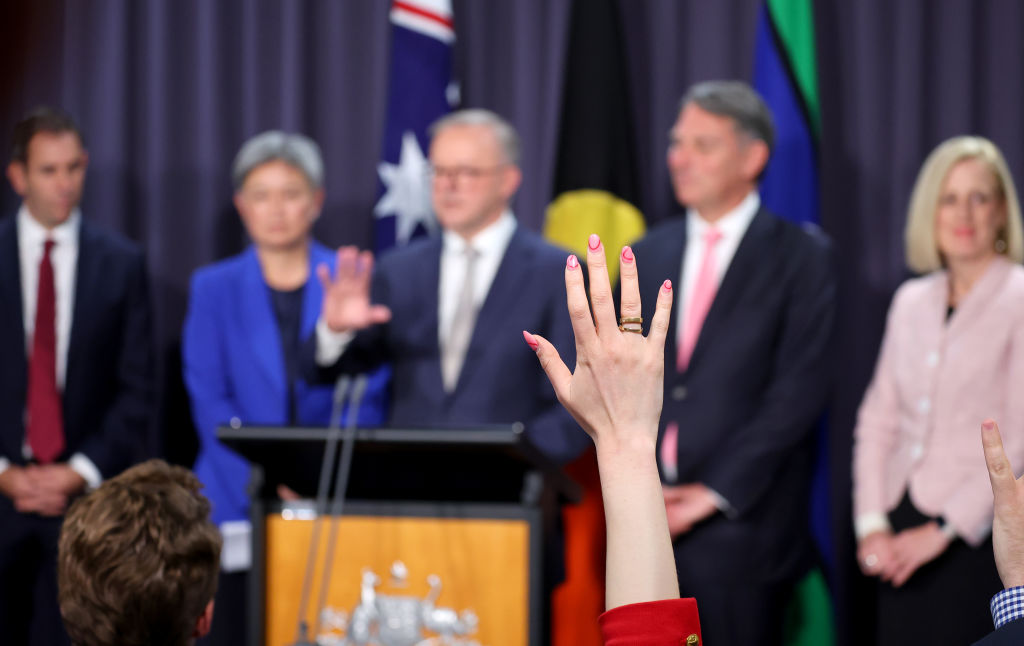No country in the Asia-Pacific region is among the top 15.
Journalists working in the Asia-Pacific region face perils ranging from violence to sustained online abuse, the annual Press Freedom report from Reporters Sans Frontieres (Reporters Without Borders, or RSF) has found.
As a result, no country in the region has made it into the top fifteen.
Australia plummeted 12 places to 39th, while New Zealand fell six places to 19th.
RSF says that in Australia, “hyper-concentration of the media, combined with growing pressure from the authorities, endanger public interest journalism.”
“The owners of the big media companies have close ties to political leaders, which fuels doubts about the editorial independence of their outlets,” the report says, noting that “in 2021, a Senate Committee confirmed the existence of a growing culture of secrecy within the administration, informal pressure to prevent the revelation of certain matters, and intimidation of whistleblowers in the name of protecting national security.”
While many states and territories have laws protecting press freedom, Australia’s Constitution does not contain an explicit clause to this effect and “some states have draconian tendencies with regard to journalistic freedom,” it said.
The federal parliament had also adopted several “problematic” laws on national security, espionage, and data encryption, RSF says.
These contain provisions authorising officials to violate the confidentiality of journalists’ sources.
In common with media elsewhere in the world, the pandemic had accelerated closures and workforce reductions, leading to the loss of thousands of journalism jobs.
While overt censorship is extremely rare, “the media do reflect certain biases, such as the culture of ’mateship’—a notion of camaraderie specific to Australian society—which tends to marginalise certain groups, starting with women,” the report says.
Nearly 90 percent of Australian journalists told a 2021 study that they feared “an increase in threats, harassment or intimidation,” including threats from the government.
Raids by the federal police on the home of a political journalist in Canberra and the headquarters of the ABC in 2019 caused “widespread concern,” RSF says.
“While such raids have not recurred, journalists still feel threatened by other possibilities such as defamation suits, contempt of court charges, attacks on social media, or loss of employment as a result of government or corporate interference.”While calling New Zealand “a model for public interest journalism,” RSF says a “sharp rise in online abuse of journalists has threatened ’mob censorship.’”
The country’s Constitution also contains no guarantee of press freedom, but “legal precedent establishes that litigation involving the media, such as defamation cases, must be tried in civil court or, as most often occurs, settled out of court,” the report says.
The environment for journalists changed in early 2022 when, amid protests against COVID-19 restrictions and the month-long “siege” of parliament, they were subjected to violence, insults and death threats, “which are otherwise extremely rare on the archipelago.”
Elsewhere in the region, North Korea (177th) and China (172nd) were near the bottom of the 180-strong ranking, along with Vietnam (174th), Myanmar (171st), and Bangladesh (165th).
Hong Kong was 135th, its score falling due to “an increase in the persecution of journalists under the national security law imposed by Beijing in 2020.”
Pacific nations fared better, with Timor-Leste (20th), Samoa (22nd) and Taiwan (27th) “[retaining] their roles as press freedom models … [despite] experiencing challenges to the right to information.”
The top five countries for press freedom, in ranked order, were Norway, Denmark, Sweden, the Netherlands, and Finland.

